15 States Where COVID Cases are Highest Now
Learn whether your health and your loved ones are at risk.
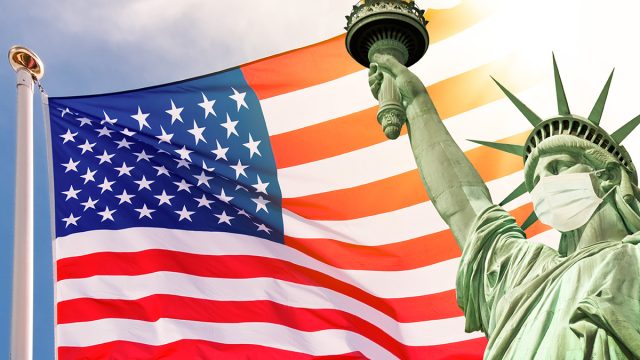
How widespread is COVID-19 in your area? The answer isn't as clear-cut as it used to be, as the advent of home testing means actual case counts aren't being tracked as closely as they were earlier in the pandemic. "The number of daily hospital admissions shows how many patients tested positive for COVID in hospitals and is one of the most reliably reported indicators of COVID's impact on a community," the New York Times says. According to those metrics, nationwide COVID-related hospitalizations are up 5% as of Sept. 16, compared to two weeks earlier (the most recent figures available). These are the 15 states with the highest number of COVID hospitalizations per 100,000 residents, in ascending order.

Hospitalizations per 100,000 residents: 1.5
14-day change: Up 12%
"COVID-19 had a big bump over the summer with rates rising, especially here in Maine," wrote columnist Heather D. Martin in the Forecaster on Sept. 26. "More troubling is the attitude I am hearing around town, a refrain of 'Does it really matter if I quarantine even though I'm positive? I mean, how bad is it anymore?' Allow me to be clear: Yes. Yes it does matter. It matters for all of us, but for all the people in our community who are immunocompromised—the babies, the elderly, the person in chemo—it is a really big deal. We need to work together to keep COVID out of their airstream."

Hospitalizations per 100,000 residents: 1.5
14-day change: Down 15%
"Arkansas, Alabama, Louisiana and West Virginia also among states with the highest hospitalization rates," KADN reported on Sept. 25. "CDC forecasting models suggest that weekly hospitalization rates will continue to rise, most likely to double what they are now by the season's peak in December."

Hospitalizations per 100,000 residents: 1.5
14-day change: Up 39%
The Wyoming Department of Health encouraged all residents to get the newly updated COVID vaccine. "We've seen the virus that causes COVID-19 continue to change and we've learned protection from COVID-19 vaccines is valuable, but does decline over time," said Dr. Alexia Harrist, state health officer and state epidemiologist with WDH. "The newly available COVID-19 vaccine versions have been updated. Even if you've previously been vaccinated or ill with COVID-19 they can boost your protection from the more recent versions of the virus."

Hospitalizations per 100,000 residents: 1.6
14-day change: Up 5%
On Sept. 23, KVOA reported that Arizonans can now apply for worker's compensation if they contract COVID-19 while on the job.

Hospitalizations per 100,000 residents: 1.6
14-day change: Up 6%
"Federal data suggests that the current increases have stayed far below earlier surges," Baltimore station WBAL reported. "The data also shows that there are probably more infections than current surveillance systems can capture."
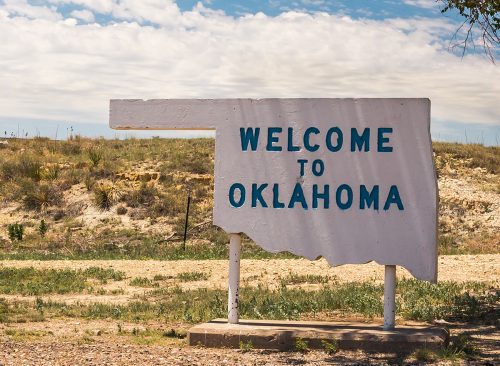
Hospitalizations per 100,000 residents: 1.7
14-day change: Down 3%
"We encourage Oklahomans to talk with their trusted health care providers to discuss if they are up to date with their boosters and if they have any questions or concerns about the vaccine or COVID," said state health department spokesperson Erica Rankin-Riley. "We know this virus mutates, so it is likely there will be other variants in the future."
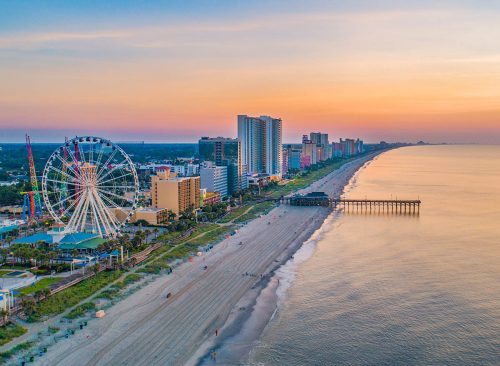
Hospitalizations per 100,000 residents: 1.8
14-day change: Down 4%
On Sept. 28, Jonathan Knoche, a medical consultant for the state department of health, urged South Carolinians to "Get their vaccines, get their immunizations, talk to their providers, go the pharmacy," he said. "Wherever it's easiest for them to get those done to go ahead and do that."
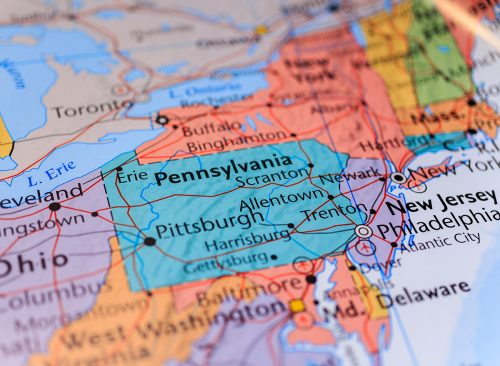
Hospitalizations per 100,000 residents: 1.9
14-day change: Up 13%
"Pennsylvania saw more than 500 people admitted to the hospital who had COVID-19 during the last week of August, a sign that doctors say indicates an upswing in coronavirus cases this fall," WGAL reported in late September.

Hospitalizations per 100,000 residents: 2
14-day change: Down 17%
"COVID-19 cases and hospitalizations decreased throughout Florida and the U.S. at large after rising throughout the summer and peaking around Labor Day weekend," WTSP reported on Oct. 2. "As cases fell steadily in Florida during the end of September, the state saw a major increase in vaccine doses administered. On the week of Sept. 22, the Department of Health reported 1,465 vaccine doses administered, the highest weekly number reported since the summer.

Hospitalizations per 100,000 residents: 2
14-day change: Down 5%
"We're seeing an increase in cases for sure, but in students and others," Dr. Rodger MacArthur, MCG at Augusta University professor of medicine, told WJBF on Sept. 25. "We're seeing a few patients that have to get admitted to the hospital, but not too many. Right now, across the state of Georgia, there are about 200 people in the hospital with COVID. Most of the activity right now in Georgia is in the Savannah area." He encouraged residents to get the updated COVID vaccine.

Hospitalizations per 100,000 residents: 2
14-day change: Up 13%
"An uptick in Arkansas' COVID-19 infections that began in late summer appears to have peaked, although new cases and hospitalizations remain high compared to their levels earlier this year," the Northwest Arkansas Democrat Gazette reported on Oct. 2. "Health Department spokesperson Danyelle McNeill said the downturn is likely to be temporary. 'It is likely we will see an increase in COVID-19 transmission, as well as other respiratory illnesses like the flu, as we enter the winter months,' McNeill said. 'This is similar to what we have seen in previous years.'

Hospitalizations per 100,000 residents: 2.2
14-day change: Up 13%
"For the first six months of the year, COVID was going down in Virginia. Since mid-July, it has staged a bit of a comeback — about 1,600 people were diagnosed with COVID in Virginia emergency rooms last week, compared with roughly 300 in early summer," the News-Advance reported on Sept. 21. "At least 10 different variants surfaced in the state in August, including the two most prevalent strains, XBB.1.5 and EG.5. But COVID numbers are still low compared with previous surges."

Hospitalizations per 100,000 residents: 3
14-day change: Up 16%
"Numbers remain incredibly high compared to late spring and early summer — around the time the pandemic was declared over," WRAL reported on Sept. 27. "For example, there are eight times more virus particles present in wastewater now than three months ago. Because of that, doctors are suggesting people remain vigilant in masking up, taking precautions that are best for them and their families—and getting the latest COVID vaccine as well as flu shots to assure the safety of you and loved ones."

Hospitalizations per 100,000 residents: 3.3
14-day change: Up 19%
"The number of patients hospitalized with COVID-19 is on a sharp rise in Missouri," the St. Louis Post-Dispatch reported on Sept. 29. "The latest federal data shows that 444 people were admitted to the hospital during the week leading up to Sept. 16 — more than double the 175 admitted per week a month prior and the highest since the week of March 11."
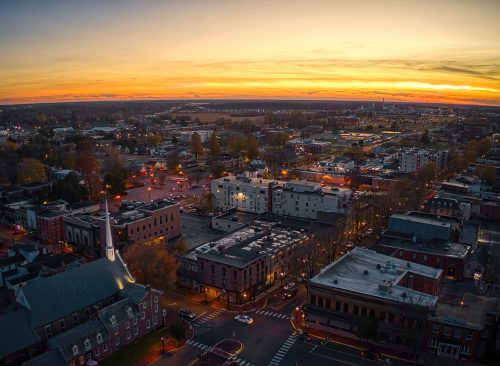
Hospitalizations per 100,000 residents: 7.1
14-day change: Up 5%
"What we are seeing in our data is just the tip of the iceberg of infections," University of Delaware professor Jennifer Horney told Delaware Public Media in late September. "And so that large number of unknown infections that's below the surface so to speak that we aren't counting… we really can't prepare for the kind of surge we might see because we don't have a lot of information about who makes up those unreported cases."














